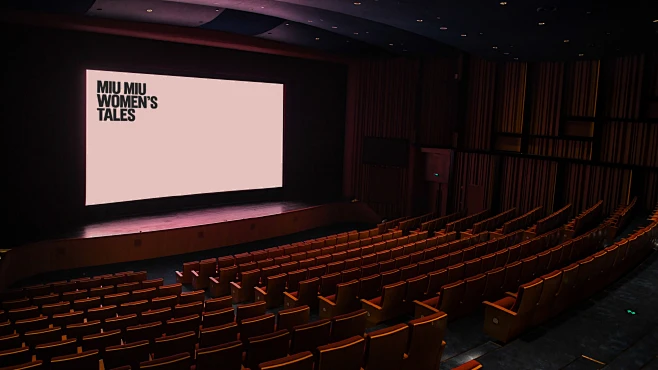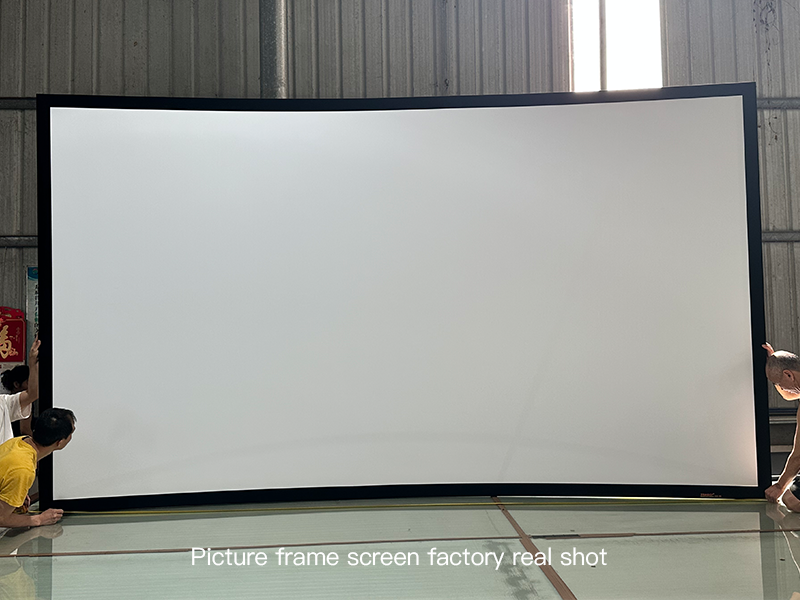
Picking the perfect projection screen involves more than just size—it shapes how you see and experience everything from weekend movies to Monday morning presentations. Let’s walk through the essentials without the technical overload.
- Gain: Brightness vs. Viewing Angle
Gain tells you how efficiently a screen reflects light. A gain of 1.0 is like a standard whiteboard—it diffuses light evenly. Go higher, say 2.0, and the screen acts more like a mirror, intensifying brightness for those right in front. But there’s a trade: the higher the gain, the narrower the ideal viewing angle. Sit off to the side, and the image may look faded.
Quick example: A high-gain screen in a wide meeting room? Not ideal. The person running the presentation sees a brilliant image, but folks on the sides are left with a dull, washed-out picture.
- Aspect Ratio: Fit the Content
Match the screen’s proportions to what you’re watching:
- 4:3 – Think old projectors or standard definition; it’s the format of classic TV and early digital content.
- 16:9 – The go-for for HD video, streaming, and most modern uses. Your typical widescreen.
- 2.35:1 – The cinematic choice. If you love film festivals and epic movies, this one’s for you.
Ever wonder why gamers love 21:9 screens? It’s like getting a wider field of vision—more game, less clutter.
- Resolution, Contrast & Uniformity: The Image Quality Trio
- Resolution: It’s not just the projector. Some screens (like Fresnel rear-projection types) have micro-grooves that can soften the image. Matte white screens, on the other hand, keep things sharp.
- Contrast: This defines how deep the blacks look and how bright the highlights appear. High contrast means more detail in dark and bright areas—making night skies look starrier and shadows more revealing.
- Uniformity: No one likes a screen that’s brighter in the middle than at the edges. Good screens deliver consistent light across the entire surface, so everyone sees the same great image.

Hands-On Tips for Picking a Screen
- Flatness Is Key
A wrinkled or wavy screen distorts the image. Even a slight bend can turn sharp text into something blurry and hard to read. When installing, make sure the surface is taut and smooth—like a well-made bed. - Material Type: Where and How You’ll Use It
- Matte White Screens: These scatter light softly in all directions. Ideal for rooms with seating all around—like classrooms. But beware: ambient light can wash out the image.
- Glass-Beaded Screens: These reflect light back toward the source. Perfect for a controlled environment, like a dim home theater, where the main viewer is right in front.
What about just using a white wall?
It might seem convenient, but walls aren’t designed for projection. They often have texture and color variations that interfere with color accuracy and clarity. It’s like projecting onto a bumpy road—you’ll lose fine detail.
- Set It Up Right: Distance and Height
- Viewing Distance: Aim for 3 to 5 times the screen height. Any closer and you might see pixels; any farther and you’ll lose impact.
- Mounting Height: Center the screen at eye level. You shouldn’t have to crane your neck or look down. Comfort is part of the experience.
Custom Screens for Real-Life Uses
Different spaces have different needs. A boardroom might use a 16:9 high-gain screen for bright, clear charts. A home theater might opt for a 2.35:1 acoustically transparent screen—so you can hide speakers behind it without losing sound quality. Outdoor screens need to be tough enough to handle a breeze or some moisture.
Why do museums and high-end installations sometimes use curved screens?
It pulls you into the experience—wrapping the image around the audience for a more immersive feel.

Final Thought: Your Screen Is a Silent Partner
A good projection screen doesn’t call attention to itself—it makes everything you watch look better. Whether it’s a video conference, a documentary, or a favorite series, the right screen ensures you see it the way it was meant to be seen.
So the next time you see a fuzzy or dim projection, remember: often, it’s not just the projector. The screen plays a huge role. Choose wisely, and you’ll set the stage for every kind of viewing.

